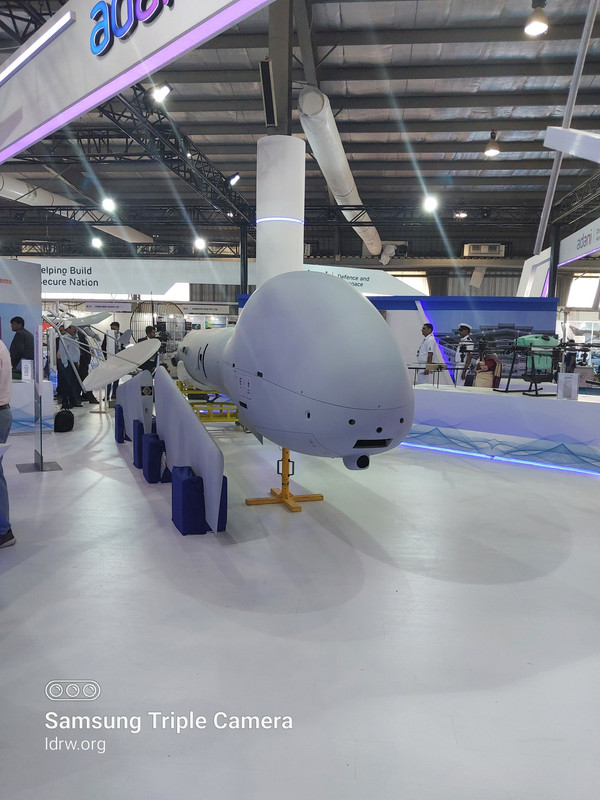SOURCE: AFI

Lieutenant General HS Panag (Retd.), former Northern Command and Central Command chief, in a recent column for The Print, applauds the Ministry of Defence (MoD) and the armed forces’ decision to include all categories of Unmanned Aerial Vehicles (UAVs) in the negative import list. This policy shift mandates the domestic production of UAVs under the “Make in India” initiative, with the potential exception of highly strategic UAVs like the MQ-9B Sea/Sky Guardian.
General Panag expresses optimism that India’s burgeoning drone industry will soon master even these advanced categories. He highlights Adani Defence Systems’ success in manufacturing the Hermes 900 (Drishti-10) multi-payload UAV for the Army and Navy, with the remarkable feat of even exporting them back to Israel. This exemplifies India’s growing prowess in UAV technology.
The armed forces’ issuance of clear requirement forecasts has spurred private industry participation, with many firms seeking foreign partnerships for expertise. The Defence Research and Development Organisation (DRDO) is actively collaborating by transferring technology to the private sector. Additionally, the MoD’s “Innovation for Defence Excellence” (iDeX) initiative is yielding positive results.
General Panag emphasizes the critical role of government and private sector investment in R&D for achieving world-class drone production. He suggests leveraging mechanisms like iDeX, the “Make” process, and the Army Design Bureau to channel R&D funding strategically.
General Panag cites the failure to detect China’s build-up in Eastern Ladakh as a cautionary tale. He argues that while the Heron drones deployed there had the capability to see deep into Chinese territory, a lack of specific reconnaissance missions might have hampered their effectiveness.
Looking towards the future, General Panag discusses the potential of swarm drone tactics for deception, overwhelming enemy defenses, and triggering wasteful countermeasures. He emphasizes that even basic drones can be programmed to mimic signatures of more sophisticated missiles, creating strategic advantages.